America
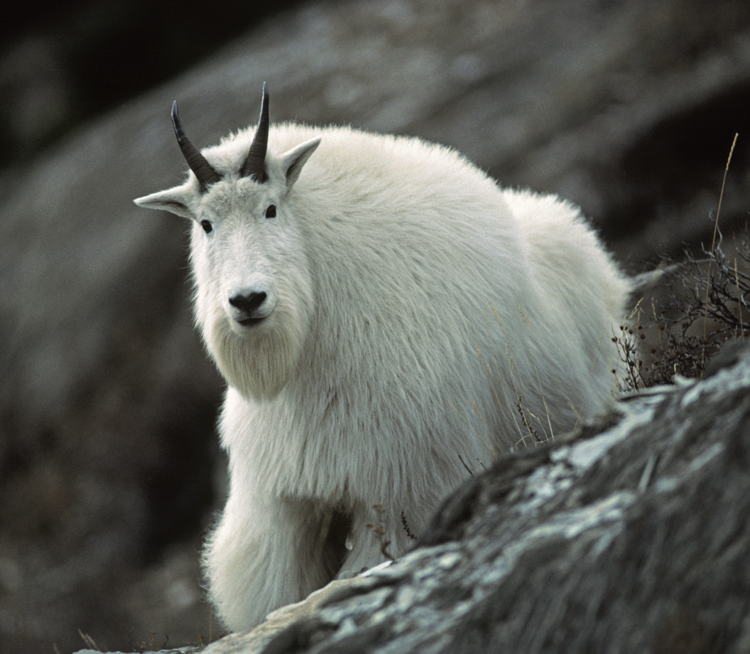
Rocky Mountain goat
"Oreamnos americanus"
Oreamnos comes from the Greek oreos, 'mountain'; and amnos, 'lamb'. Characteristic long white fur all over the body and limbs. Horns are conical in section, curving more in males than in females.
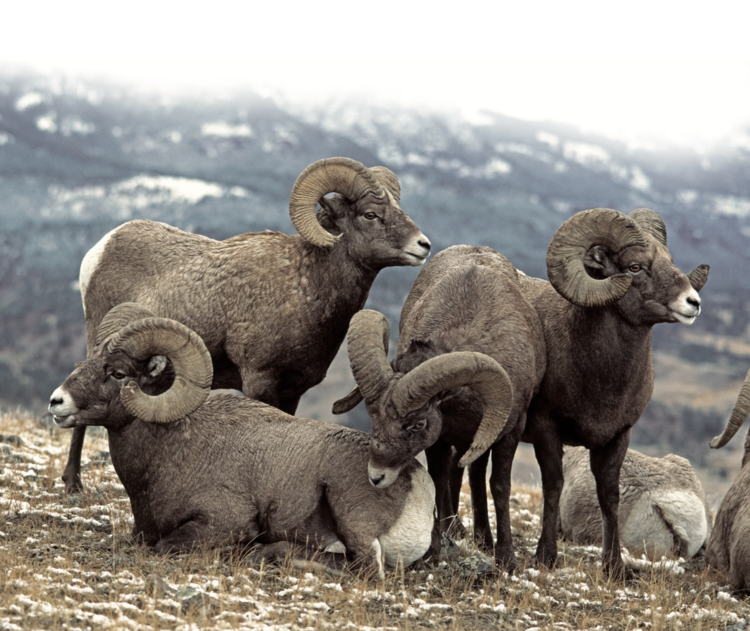
Montone delle Montagne Rocciose
"Ovis canadensis canadensis"
A ram with a dark brown coat, with a large white shield on the rump and white on the back of the legs and muzzle. The horns are massive and can form a complete circle.
They inhabit along the Rocky Mountains, in the provinces of British Columbia and Alberta in Canada, and in the states of Arizona, California, Colorado, Idaho, Montana, Nevada, New Mexico, North Dakota, Oregon, South Dakota, Texas, Utah, Washington and Wyoming, in the United States.
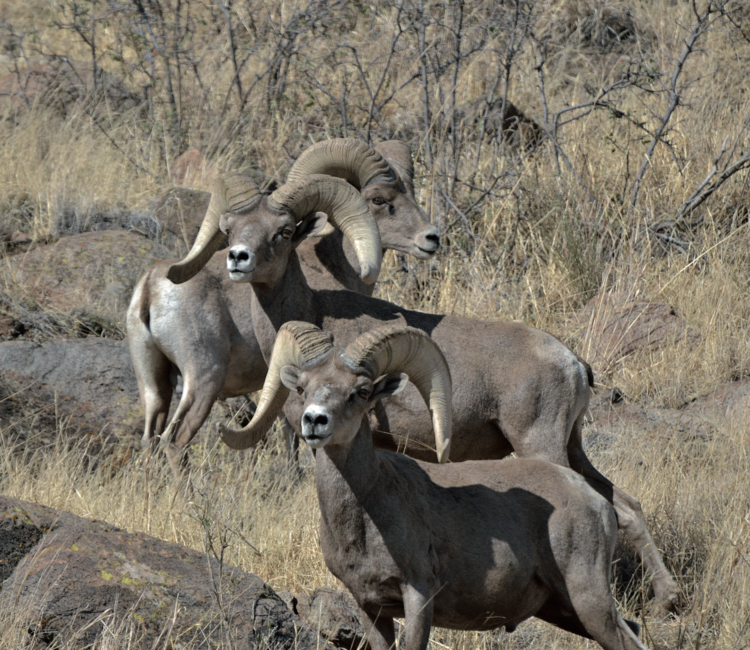
Bighorn sheep
"Ovis canadensis nelsoni"
Smaller than those of the Rockies, they also have a lighter coat and a smaller anal shield. The massive horns with thick bases, amber in color, diverge somewhat at the tips, which are usually blunt.
Its area of distribution occupies, in the United States, the states of Arizona, California, Nevada, New Mexico, Utah and Texas. In Mexico, Baja California North and South, Chihuahua, Coahuila, Nuevo Leon and Sonora.
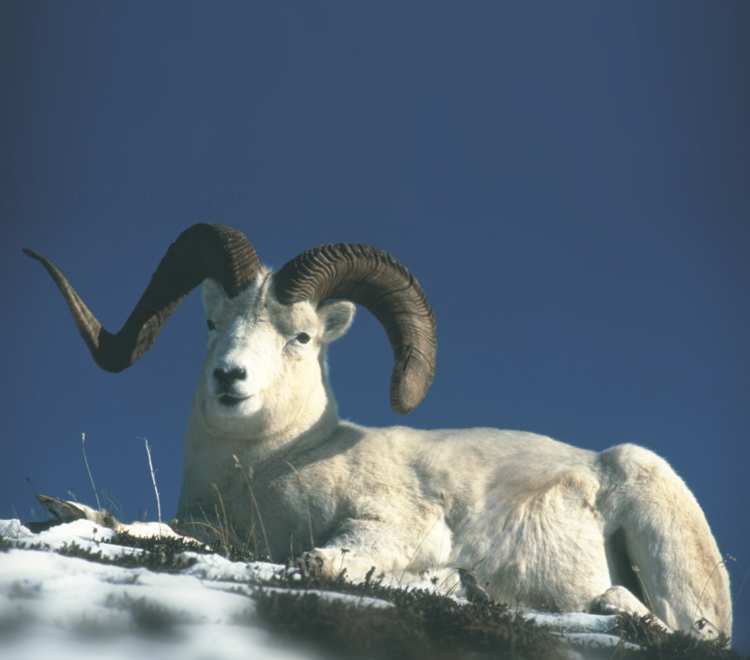
Dall ram
"Ovis dalli dalli"
The Dall is the only white ram in the world. The light yellowish horns can be darker depending on the area from which they originate. They can describe a more or less closed circle and the tips diverge in a greater or lesser eversion; they are usually blunt.
It is found in the state of Alaska in the United States and the provinces of British Columbia, Yukon Territory and Northwest Territories in Canada.
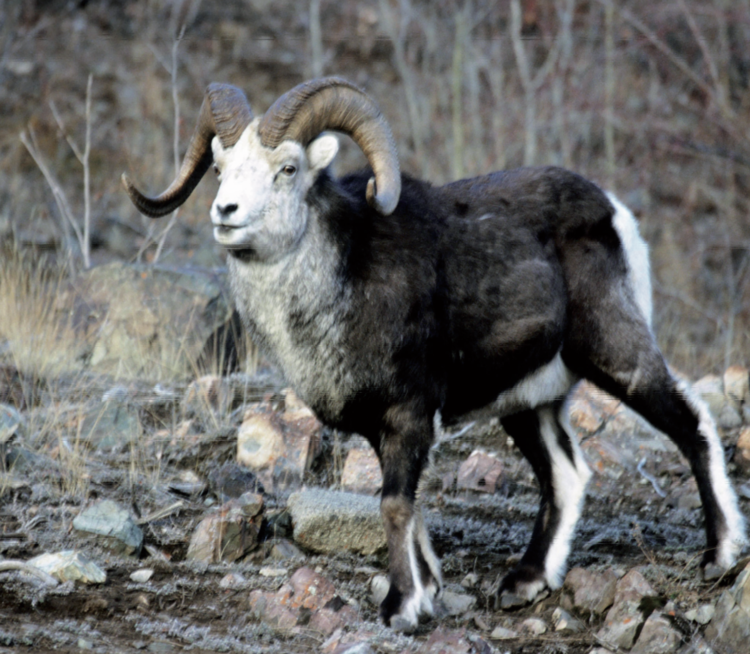
Stone's Ram
"Ovis dalli stonei"
They come in many colour variations, but all have a black tail, white muzzle with a crest on the rump and an ivory-coloured belly. They range from light grey to dark graphite.
Their horns tend to have thicker bases than those of the Dall, with more divergent tips and generally less blunt than those of the Dall.
They live in Canada in the provinces of British Columbia and the Yukon Territory.

Barbary sheep introduced in Texas
"Ammotragus lervia"
The arrui is a species that is between the ram and the goat, Ammotragus, which comes from the Greek ammo ('sand') and tragos ('goat'). Straw-coloured. They do not have a beard like goats, but they have a very developed mane from the throat to the chest and upper part of the front legs. The horns are more similar to those of the tur or the barales than to those of the goats.
Introduced in Texas in the Davis Mountains.
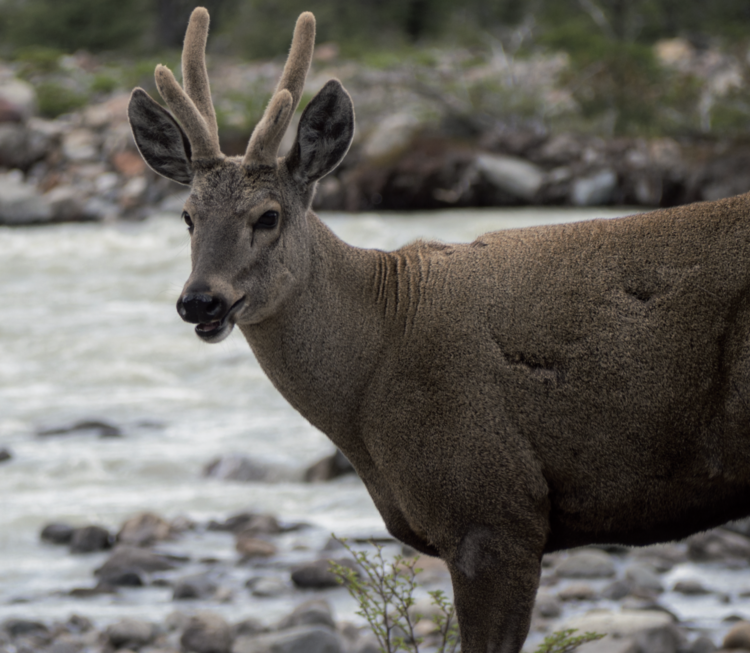
Huemul
"Hippocamelus bisuscus"
It is the southernmost deer in the world, of a greyish meadow colour, with fork-shaped antlers with 4 or more points. They live in the Patagonian Andean mountain range, in southern Argentina and Chile.
Taruca
"Hippocamelus antisensis"
Smaller than the southern huemul, it has a greyer coat and four-pointed horns.
It lives in Peru, in the extreme north of Chile, in western Bolivia and in northwestern Argentina, at altitudes ranging from 1,800 to 5,500 meters above sea level.
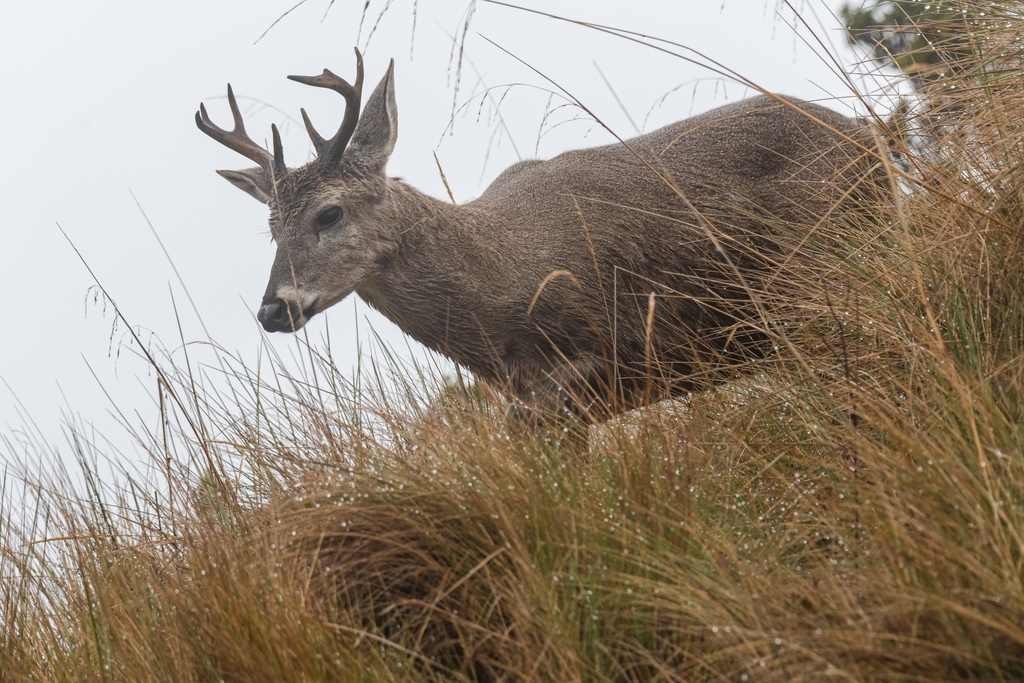
Peruvian Gray White-tailed Deer
"Odocoileus peruvianus"
It is a medium-sized deer with short fur that varies from gray to brown, adapted to its mountainous environment. It features a characteristic white underside of the tail.
Found in the Andes, typically at altitudes ranging from 2,000 to 4,000 meters above sea level, inhabiting dry forests, grasslands, and shrubland areas.
A shy animal with primarily crepuscular habits, living either alone or in small groups.